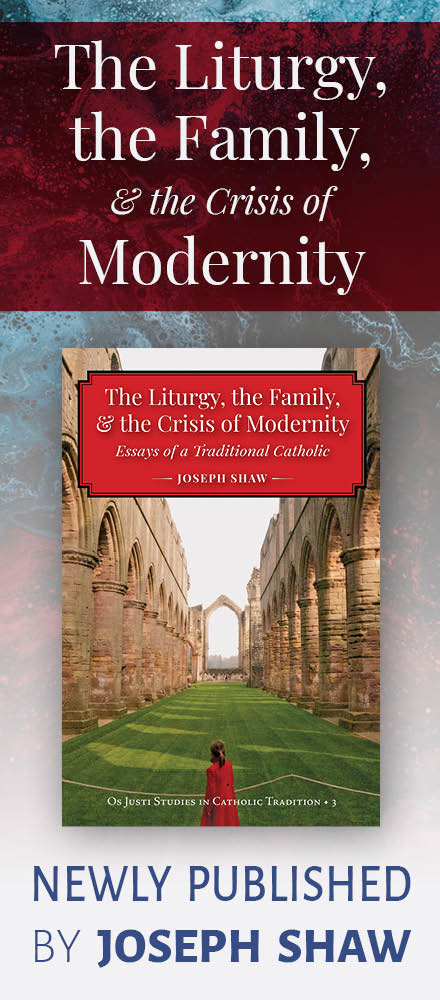Catholic Ireland has a proud and long history and it is perhaps one that we fail to give enough consideration to when thinking of our tradition. We think of Italy of course, France and mediaeval England, the Christian East, Bavarian Germany, Spain and so on but early mediaeval Ireland seems to get lost in great part in our circles.
Early Irish monasticism is usually associated with its rigour and has been known to be compared to the tradition of the Egyptian Desert Fathers. (For those interested in looking more at this, the Cistercian Studies imprint has a book titled, The Celtic Monk which documents a number of early Irish monastic rules.)
Associated with this is much extant Irish monastic art and architecture. Now, in Ireland one can also find the gothic ruins of mediaeval Cistercian monasteries that are quite typical of elsewhere in Northern Europe, and likewise many a mediaeval parish church with its lofty spire. But there also exists this stream of early mediaeval Irish art and architecture which is quite distinctive from those mediaeval Cistercian ruins with their stone round towers, their lofty high crosses, their solid stone construction and their unique proportions. One of my favourite examples of this is that of St. Kevin's in Glendalough, wonderfully nestled in the midst of one of the many green valleys of the Emerald Isle:
Another view:
Here is what the Catholic Encyclopedia has to say about St. Kevin and Glendalough:
St. Kevin (Coemgen)
Abbot of Glendalough, Ireland, b. about 498, the date being very obscure... He was baptized by St. Cronan and educated by St. Petroc, a Briton. From his twelfth year he studied under monks, and eventually embraced the monastic state. Subsequently he founded the famous monastery of Glendalough (the Valley of the Two Lakes), the parent of several other monastic foundations. [...] Glendalough became an episcopal see, but is now incorporated with Dublin. St. Kevin's house and St. Kevin's bed of rock are still to be seen: and the Seven Churches of Glendalough have for centuries been visited by pilgrims.
Clonmacnoise
Another famed ancient monastic foundation in Irish history is that of Clonmacnoise. A few images.
(The "Nun's Church". Do take note of the carving on the doors.)
Monasterboice
Durrow
Durrow is also the home a manuscript which is not as well known perhaps as the Book of Kells or Lindisfarne Gospels, but which is impressive; the Book of Durrow. In the manuscript tradition as well do we find some other distinctive aspects to first millenium Irish art, with the use of interweaving knotwork and what perhaps some might consider an iconographic like portrayal of figures.
Kells
Clearly the most reknowned product of early Irish Christianity is the Book of Kells:
Some close-up details of this significant manuscript:
Summary
I am not an expert in early mediaeval Irish architecture or art, nor am I suggesting any kind of revival, but it seems to me there an interesting aspect of our ecclesiastical tradition to be appreciated here.




















